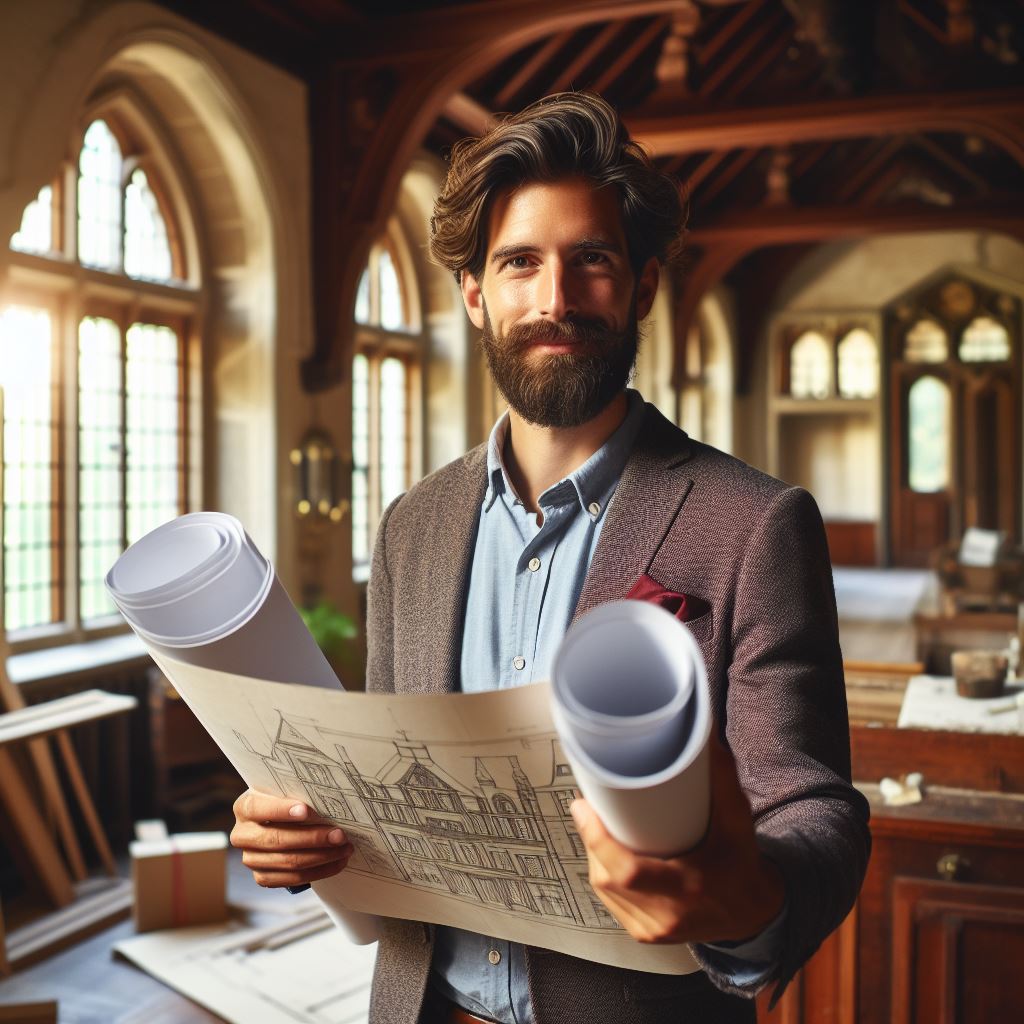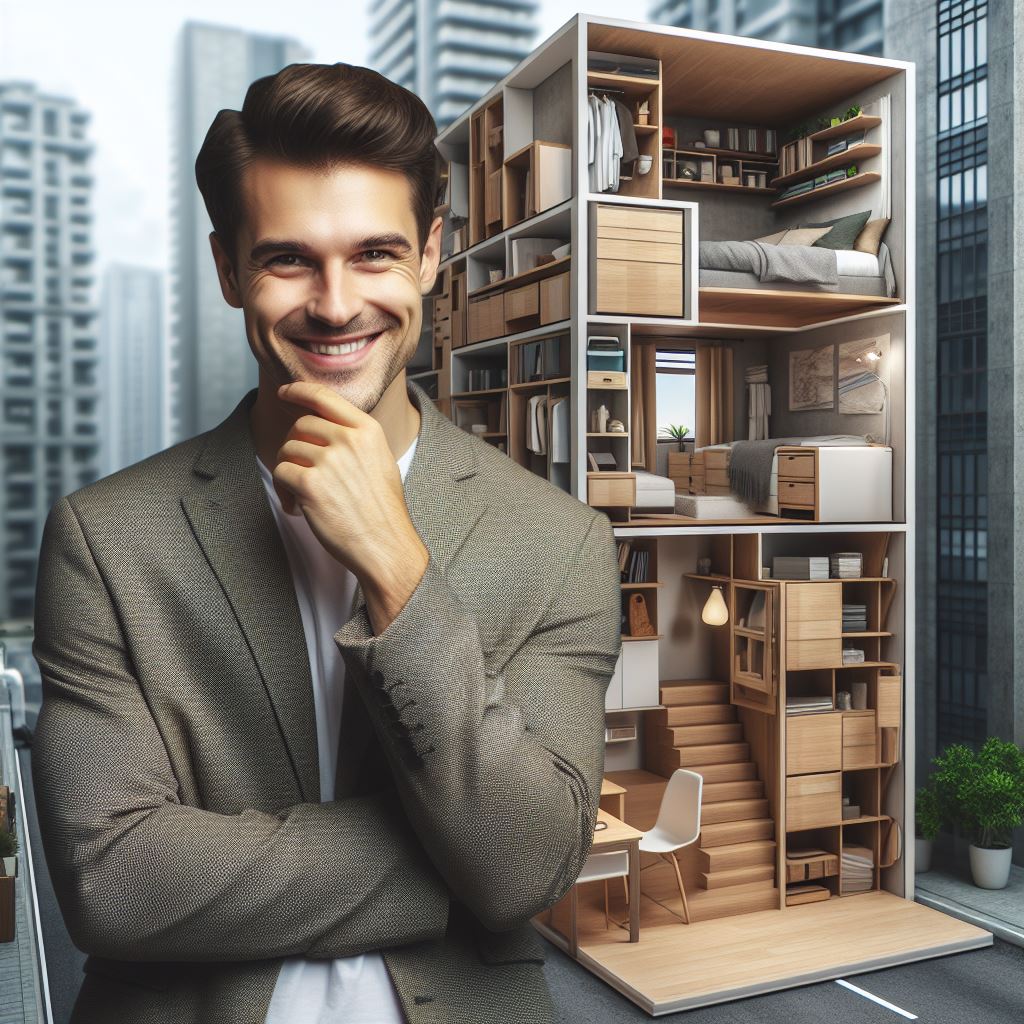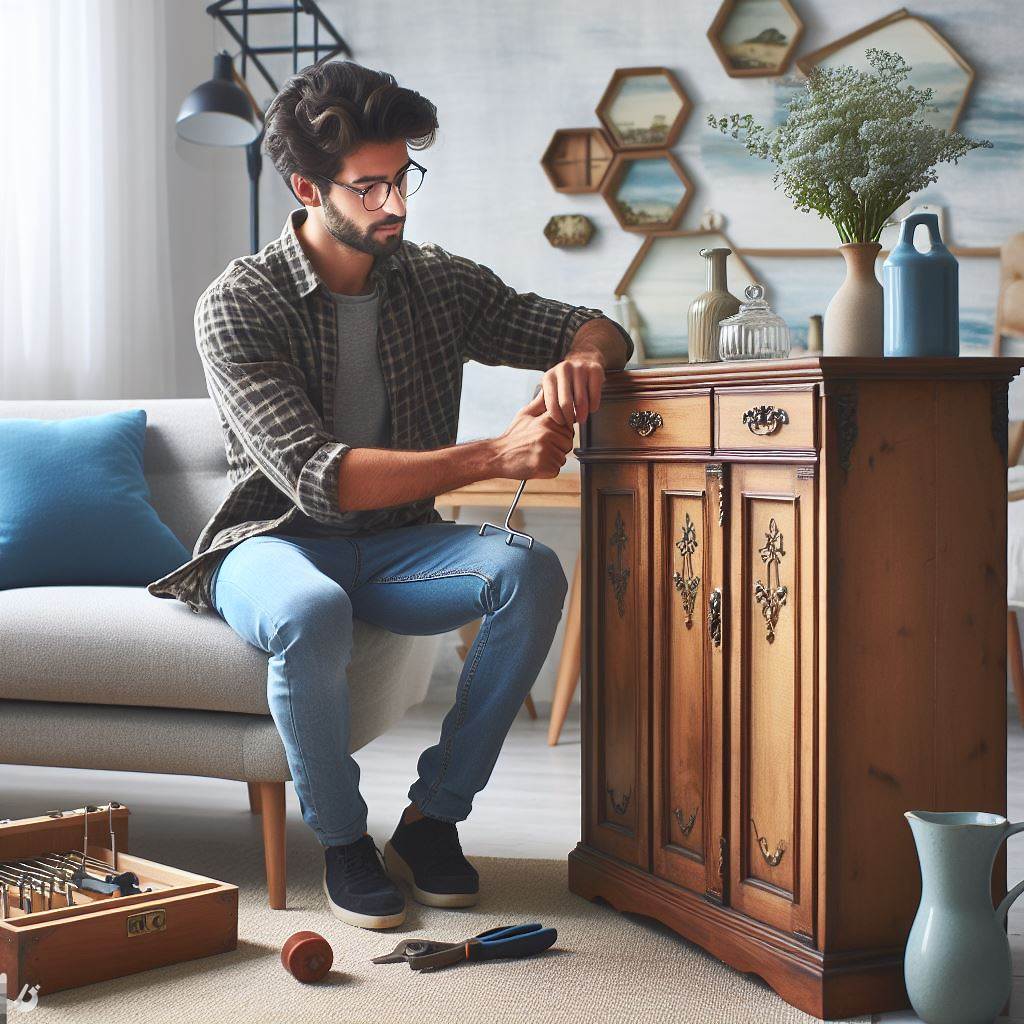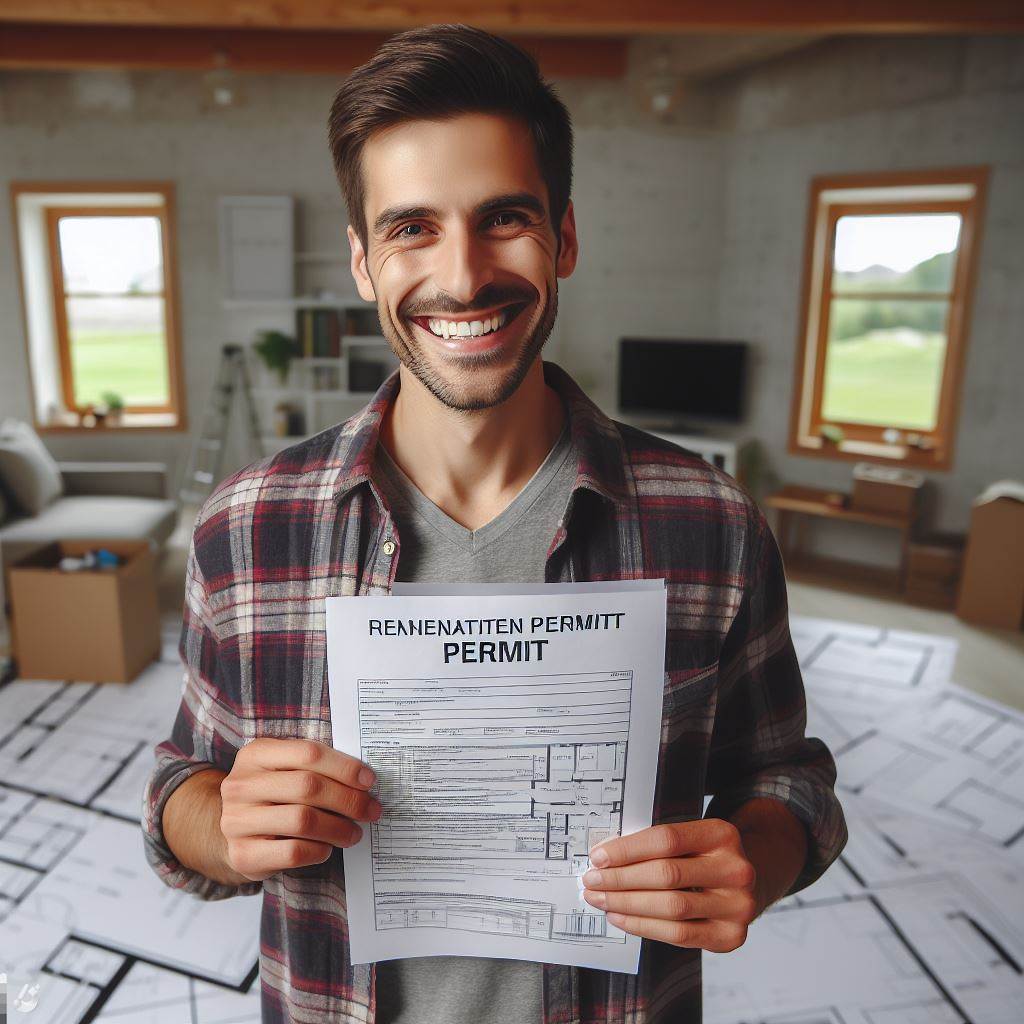Introduction
Art Deco is a design style that emerged in the 1920s as a reaction to the ornate and traditional Art Nouveau movement.
It is characterized by streamlined, geometric shapes, bold colors, and the use of luxurious materials such as gold and chrome.
Art Deco was popularized in architecture, furniture, fashion, and jewelry.
Art Deco originated from the Exposition Internationale des Arts Décoratifs et Industriels Modernes held in Paris in 1925.
The term “Art Deco” was coined after this exhibition, and the style quickly spread across Europe and the United States.
It represented luxury, modernity, and progress, which appealed to the post-World War I society.
In the 1920s and 1930s, Art Deco was prominently used in the design of skyscrapers, theaters, and hotels.
Its influence can still be seen in iconic buildings such as the Empire State Building in New York City and the Chrysler Building.
In recent years, Art Deco has experienced a resurgence in popularity, with interior designers and architects incorporating its elements into modern spaces.
The clean lines, bold colors, and touches of glamour add a touch of sophistication to contemporary designs.
As we look towards 2024, we can expect to see an increase in the integration of Art Deco elements in real estate.
The timeless appeal and elegance of this style make it a perfect choice for those who want to create a unique and luxurious living space.
In the coming years, we can anticipate seeing Art Deco-inspired buildings, furniture, and decorative details in the real estate market.
Art Deco Elements in Real Estate
Art Deco, a style popularized in the 1920s and 1930s, has left a lasting impact on the real estate industry.
Its distinctive elements can still be observed in the architectural and design choices made by developers and homeowners in the year 2024.
Exterior architecture
A key feature of Art Deco is its attention to detail, particularly evident in the exterior architecture of real estate properties.
Ornate facades with intricate carvings and decorative motifs give buildings a sense of grandeur and elegance.
The use of geometric patterns, such as zigzags and sunbursts, adds visual interest and creates a striking first impression.
Symmetry is another characteristic Art Deco element found in real estate.
Buildings are often designed with balanced proportions and mirrored features, creating a sense of harmony and order.
This symmetrical design also extends to the layout of interior spaces, enhancing the overall aesthetic appeal.
Interior design
Moving from the outside to the inside, Art Deco influences are also evident in the interior design of real estate properties.
Streamlined furniture with smooth curves and clean lines is a hallmark of this style.
Functionality and simplicity are emphasized, allowing for a seamless blend of form and function. Luxury is at the heart of Art Deco interior design.
The use of luxurious materials such as chrome, glass, and polished wood adds a touch of opulence and sophistication to living spaces.
These materials are often combined with bold and vibrant color palettes to create a visually striking environment.
Evoke glamour and elegance with commonly used deep reds, rich blues, and shiny golds in active, vibrant tones.
Art Deco influences real estate in 2024, evident in exterior architecture and interior design of properties.
Ornate facades, symmetrical designs, and the use of geometric patterns add a touch of grandeur to buildings.
Streamlined furniture, luxurious materials, and bold color palettes create a glamorous and sophisticated atmosphere within the living spaces.
The enduring appeal of Art Deco continues to shape the real estate industry, providing a timeless aesthetic that homeowners and developers appreciate.
Read: Window Trends: 2024’s Clear Views
Examples of Art Deco-Inspired Real Estate in 2024
Art Deco-inspired real estate will bring a touch of timeless elegance to the architectural landscape in 2024.
With its distinctive aesthetic characterized by geometric shapes, bold colors, and luxurious materials, this design movement continues to captivate and inspire.
Residential buildings
Residential buildings play a crucial role in showcasing Art Deco influences.
In 2024, apartment complexes will incorporate elements such as stepped setbacks, decorative motifs, and intricate metalwork.
These designs not only add visual interest but also create a sense of luxury and sophistication.
Single-family homes inspired by Art Deco will also be prominent in 2024.
These houses will feature unique exterior details like curved facades, geometric patterns on windows and doors, and lavish interiors with plush furnishings that exude elegance and refinement.
Commercial properties
Art Deco-inspired commercial properties will bring a touch of glamour and opulence to the business world in 2024.
Office buildings will boast grand entrances adorned with intricate carvings and stylish lighting fixtures.
Stimulating creativity and productivity, we’ll design luxurious spaces with Art Deco-inspired furniture for an inspiring environment.
The hospitality industry will continue to embrace the Art Deco aesthetic in 2024.
Hotels and resorts will feature striking lobbies with marble floors, geometric patterns on walls, and plush velvet furniture.
Sleek finishes, mirrored accents, and bold color schemes adorn guest rooms, ensuring a luxurious and memorable stay.
In fact, Art Deco-inspired real estate in 2024 will offer a fusion of the elegance and glamour of the past with modern comfort and functionality.
Whether it’s in residential buildings or commercial properties, this design style will continue to create visually stunning spaces that captivate and inspire.
The timeless appeal of Art Deco ensures its relevance in the ever-evolving world of real estate.
Read: Sustainable Flooring Options for 2024
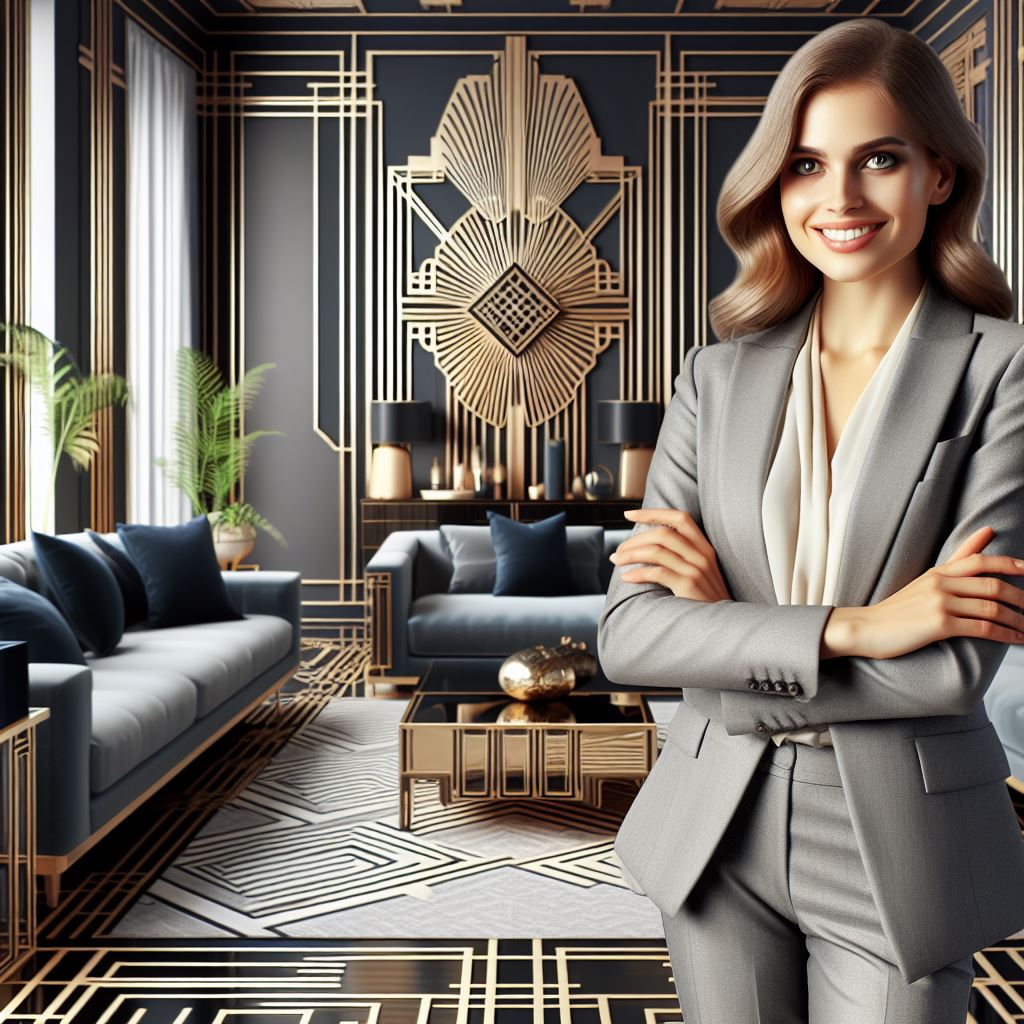
Reasons for the Resurgence of Art Deco in Real Estate
Several factors fuel Art Deco’s resurgence in real estate, attributing its enduring appeal and popularity.
From nostalgia and appreciation for vintage aesthetics to an enhanced focus on craftsmanship and attention to detail, Art Deco has become a sought-after style for those looking for unique and distinctive properties.
Nostalgia and appreciation for vintage aesthetics
One of the main reasons behind the resurgence of Art Deco in real estate is the nostalgia it evokes and the appreciation for its vintage aesthetics.
Art Deco, emerging in the early 20th century, featured bold geometric shapes, streamlined forms, and opulent materials.
As time passed, it gained a nostalgic appeal, reminding people of a bygone era of glamour and sophistication.
Buyers and homeowners, aiming for historical charm, embrace Art Deco’s timeless elegance to infuse their properties with character.
The style’s opulent details, such as ornate moldings, intricate mosaics, and lavish materials like marble and brass, add a touch of grandeur to any space.
Enhanced focus on craftsmanship and attention to detail
In recent years, there has been a renewed appreciation for craftsmanship and attention to detail in design and construction.
Art Deco showcases exquisite craftsmanship, with its emphasis on intricate patterns, elaborate embellishments, and meticulous detailing.
Real estate developers and homeowners recognize the value of quality craftsmanship and are willing to invest in properties that showcase the finest workmanship.
Embracing precise detailing and skilled craftsmanship, Art Deco perfectly suits those prioritizing home quality and integrity.
From hand-carved woodwork to custom-made fixtures, Art Deco offers an unparalleled level of craftsmanship.
Rise in demand for unique and distinctive properties
As the real estate market becomes more competitive, buyers are increasingly searching for properties that stand out from the crowd.
Art Deco’s distinctive style and unique architectural elements make it an attractive choice for those looking for something different.
Art Deco buildings meticulously craft unique properties, emanating elegance and individuality through thoughtful consideration of every detail.
The combination of bold geometric shapes, symmetrical lines, and luxurious materials creates a striking visual impact that sets Art Deco apart from other architectural styles.
Furthermore, the scarcity of original Art Deco buildings adds to their desirability.
With limited supply and high demand, Art Deco properties have become highly sought-after and can command premium prices in the real estate market.
Nostalgia and appreciation for vintage aesthetics drive the resurgence of Art Deco in real estate.
Craftsmanship and attention to detail gain focus, meeting the rising demand for unique properties.
Whether it is the allure of a bygone era or the desire for a property that stands out, Art Deco continues to captivate buyers and homeowners alike with its timeless elegance and unparalleled charm.
Read: Space-Saving Ideas for Urban Real Estate
The Future of Art Deco in Real Estate
Integration of modern technologies with Art Deco design
Art Deco architecture embracing smart home technologies for enhanced living experiences.
Incorporation of automation systems that control lighting, temperature, and security in Art Deco-inspired homes.
Integration of voice-controlled assistants and cutting-edge entertainment systems into Art Deco interiors.
Adaptation of Art Deco principles to sustainable architecture
Art Deco design principles promoting the use of renewable and eco-friendly materials in construction.
Green roofs, rainwater harvesting systems, and energy-efficient technologies incorporated into Art Deco buildings.
Integration of natural lighting, ventilation, and passive heating techniques in Art Deco-inspired sustainable architecture.
Continued popularity in luxury real estate market
Art Deco aesthetics and opulence influencing high-end real estate designs.
Art Deco-inspired luxury homes becoming highly sought after for their timeless elegance and sophistication.
Inclusion of Art Deco elements such as geometric patterns, bold colors, and luxurious materials in upscale properties.
In general, the future of Art Deco in real estate looks promising and exciting.
The integration of modern technologies with Art Deco design will enhance the functionality and convenience of living spaces.
Additionally, the adaptation of Art Deco principles to sustainable architecture will contribute to a more environmentally friendly and responsible real estate industry.
Moreover, Art Deco’s continued popularity in the luxury real estate market ensures that its timeless elegance and sophistication will endure.
The incorporation of Art Deco elements in upscale properties adds a touch of glamour and exclusivity.
Art Deco, blending modernism, luxury, and sustainability, will shape real estate in 2024 and beyond with its unique imprint.
Read: Biophilic Design: Nature in Modern Homes
Conclusion
Art Deco has made a significant comeback in the world of real estate design in 2024.
From its origins in the 1920s and 1930s, this elegant and timeless style has found its way into both residential and commercial properties.
The sleek geometric lines, bold colors, and luxurious materials of Art Deco have added a touch of sophistication and glamour to modern interiors and exteriors.
As we conclude our exploration of the Art Deco influence in 2024 real estate, it is clear that this style continues to captivate and inspire designers and homeowners alike.
Its ability to marry elegance with extravagance and modernity with tradition is what makes Art Deco truly timeless.
Whether in its original form or infused with contemporary elements, the allure of Art Deco remains unmatched in the world of real estate design.

